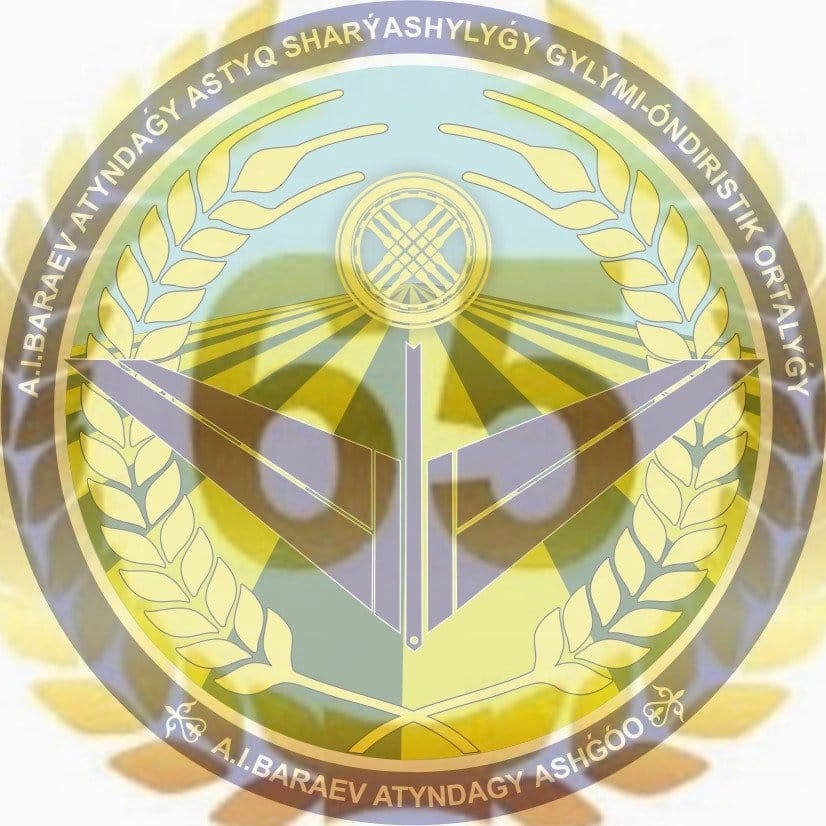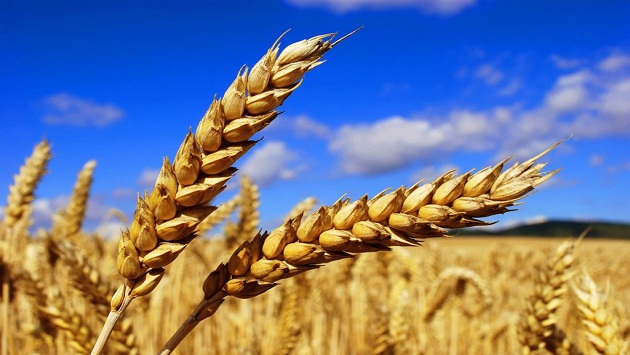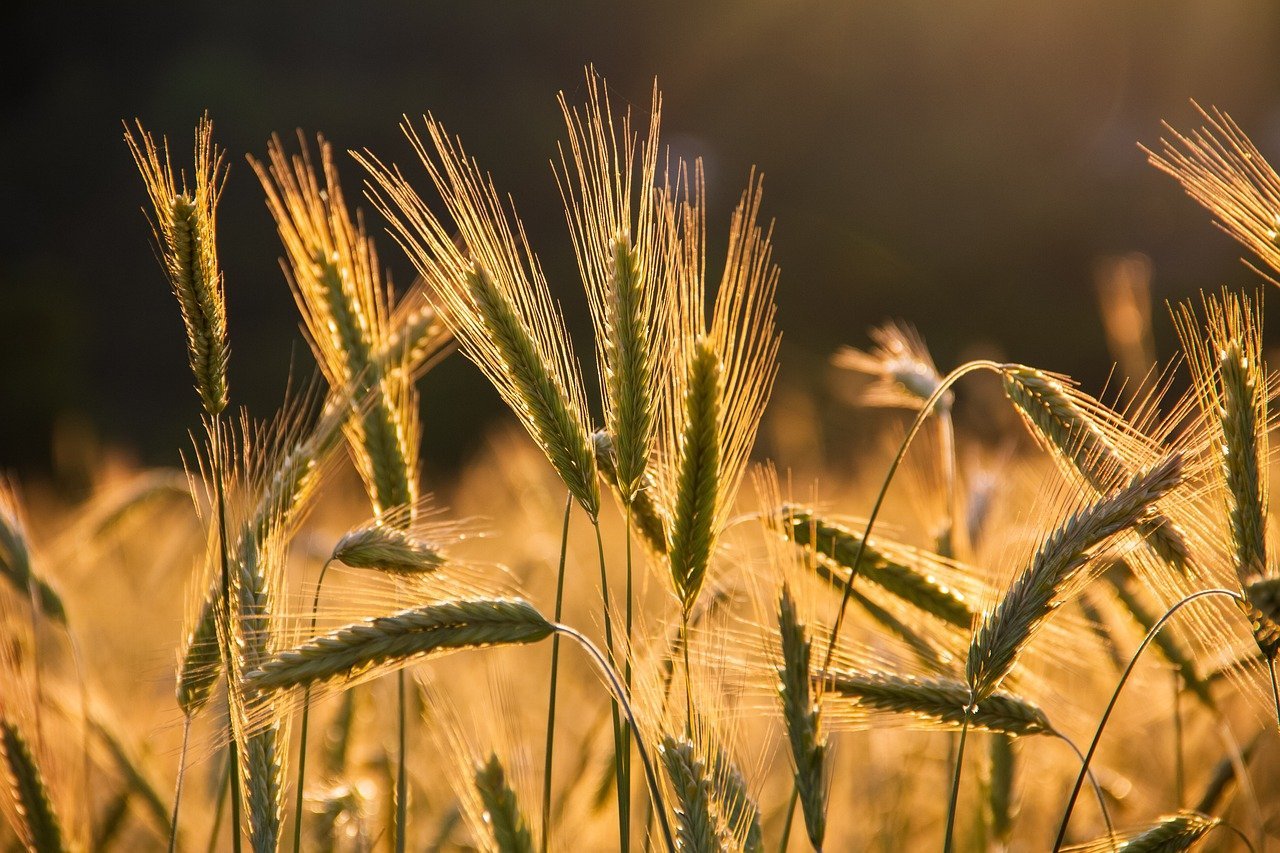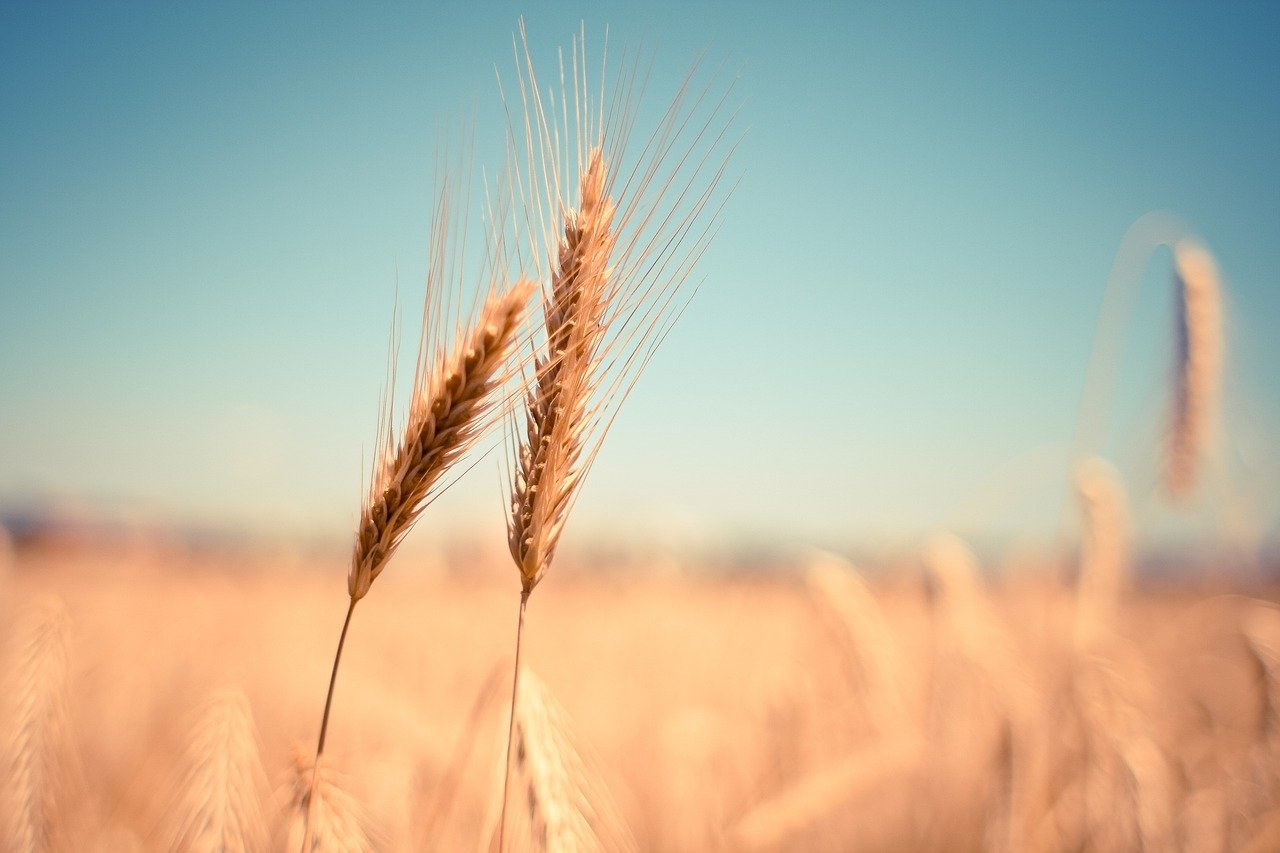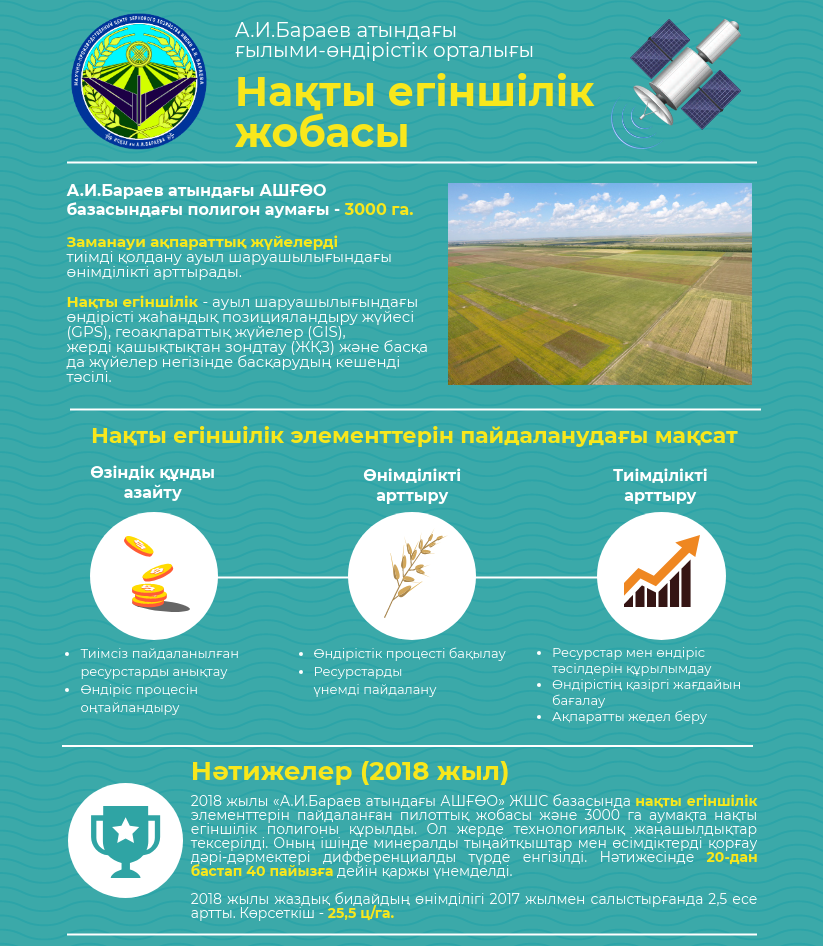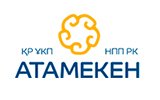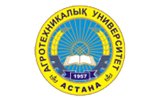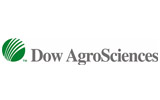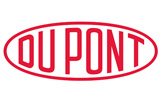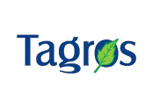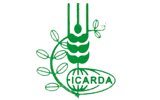A name inscribed in the history of arable agriculture
News
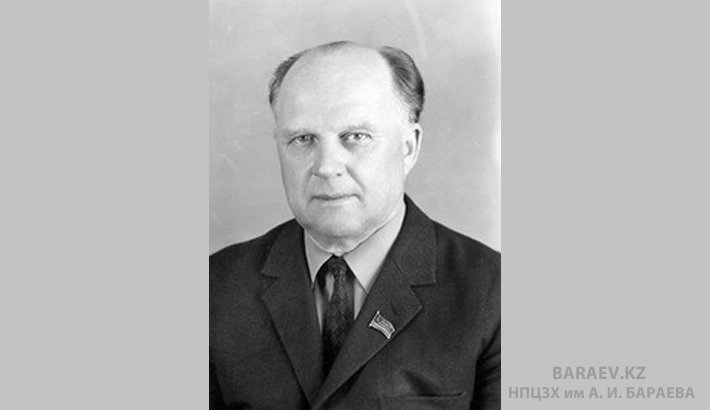
In July this year was the 110 anniversary of the birth of an outstanding, honoured scientist of Kazakhstan, academician of the Academy Agricultural Sciences, Hero of Socialist Labor, Laureate of the Lenin Prize, author of the soil-saving system of arable agriculture and Director of the famous Institute of Grain Farming (1956-1985), Alexander Ivanovich Barayev.
The author of the article sent to the editorial office of our portal, Nikolai Sergeyevich Kolinko shared his memories of personal acquaintance and correspondence with academician A.I. Barayev. In it, he reflected on the life and work history of an outstanding scientist. Briefly about the authorN.S. Kolinko worked as a correspondent for the newspapers "Akmolinskaya Pravda" and "Kazakhstanskaya Pravda" in 1970-1985. He was an assistant to the Chairman of the Council of Ministers of the Kazakh SSR, B.A. Ashimov, about whom he wrote the books "Premier" (2012) and "Requiem" (2016). N.S. Kolinko was personally acquainted with and was in correspondence with academician A.I. Barayev and took part in the work of the All-Union Meeting of the Coordinating Council of the Association for the soil conservation from erosion.
He was called "the chief agronomist of virgin land" a talented organizer-researcher," "the creator of modern arable farming". And this is not an accidental. Academician Alexander Ivanovich Barayev changed the psychology of arable farming of the whole generation with respect to soil cultivation methods. July 16 marks the 110th anniversary of his birth.
Bread ... No other product has been rewarded with as much honor as bread. Bread is the breadwinner. Bread is the father. Bread is the head of everything. Holy bread...
The young Barayev knew the value of the bitter bread of that time. Born in St. Petersburg in 1908, he spent his childhood and youth, which determined his future path, in the poor north region - in the village of Verkhnee Ponizovye, eleven versts from Onega Lake, near Vyterga (now the Vologda region of Russia). In a peasant family, in which there were nine souls to feed,everyone work on the land from early morning until late at night. He remembers himself from the very day when he first felt the incomparable smell and taste of his mother’s newly bakes, still warm rye crusty end of a loaf...In 1923, the Barayev family together with other Onega peasants moved to the village of Sarma on the Bolshaya Irgiz River - now it is in the Krasnopartizanskyi District in the Saratov Region. There Ivan Barayev organized an agricultural commune, in which he became chairman, and son Sasha was his reliable assistant. In those parts, he graduated from high school, became an active member of the Komsomol and traveled to Balakovo City. Then the Committee of the Komsomol sent him to the Kuibyshev Agricultural Institute. All his life he thanked his father, who instilled in him a tremulous love for the land and then for university teachers, most of who were genuine scholars-ascetics, who revealed to him many of the lands secretes.
In 1930, Alexander Barayev successfully graduated from the institute, and was recommended for further studies in the graduate school. He showed a tendency to the scientific research work. But the young graduate asked them to send him to the field production... So Barayev became the manager of the Leninskyi farm in the Chapayev district of the Kuibyshev (now Samara) region. He was stayed there, however, not for long, less than year-quickly realizing that he had refused to do scientific work in vain, since it was in research that he could really realize the knowledge he had received... He returned to Kuibyshev, and without hesitation accepted the invitation of the Institute of Agricultural Economics, where he became a research fellow.
But he was drawn to the land. And three years later, together with his wife Alevtina Filippovna and her daughter, Svetlana, moved to Bezenchukskaya experimental station, which was headed by a prominent scientist Nikolai Maksimovich Tulaykov, who was developing methods of combating drought. His research on the issues of arid arable farming, plant physiology and today have not lost their relevance. For Barayev, work under the leadership of Tulaykova was the best creative and practical school. He considered him to be his main teacher. It was Tulaykov who in 1936 recommended Alexander Ivanovich, in whom he saw not only an inquisitive but also thoughtful, painstaking researcher to accept the invitation of the Ural experimental breeding station. Barayev followed the advice and was accepted there as a research fellow. But already in January 1937 he was appointed deputy director of the station for science. The climate in Western Kazakhstan is even drier than in the Trans-Volga region, and sharply continental climate; and Barayev, plunged into the work, realizing that the solution of vital problems of agriculture in this arid zone would take years and years of searching and hard work.
Here, at the station, he wrote and successfully defended his thesis, and then unexpectedly was invited to Moscow - to the Ministry of Agriculture of the USSR, the head of the departmental management. But he did not stay long there. A farmer by vocation Barayev felt uncomfortable here, in his cabinet work cabinet work; he did not like the duty at the reception of the Ministry. And he persuaded Minister Ivan Benediktov to let him go to work in production. It was March 1950. But a few months later, in August 1953, Barayev was invited to head the KIZ-Kazakh Institute of Agriculture. Of course, the scale here was completely different. It involved the territory of the whole republic. And prospects? Here are how many years later Alexander Ivanovich himself remembered this: "The material base of the KIAF (Kazakh Institute of Arable Farming) of that time was weak. For example, in the north of the republic, it had only one experimental station and several strong points. It was decided to increase their number and broaden the scope of research, as the volume of work increased sharply, and precise recommendations were needed, as to which areas were to be plowed up than sowing. Leonid Brezhnev were strongly supported us, who headed the republican party organization".
In early 1954, after the February-March Plenum of the Central Committee of the CPSU, which adopted the historic Decree on increasing the grain production and development of virgin and fallow lands, the whole country moved from its home echelons with young people went to the east, to Siberia and Kazakhstan. In the feather grass steppes, a mass plowing of untouched virgin land for centuries began. In parallel, the complex state-owned, but low-technology teams of scientists were sent to the state farms of the KIAF. History did not know anything like that - how to farm and grow cereals on huge tracts, open to all winds, and even with an arid climate, it was unknown. Experiments were planned, research was carried out, and the answer was more and more clearly manifested: agriculture in Kazakhstan should be conducted in a different way. How? The answer was to give life...
Moreover, the erosion of plowed lands began - the wind easily lifted the most fertile soil layer, crushed by plows, heavy harrows, seeders, cultivators, and losers.
These were the first dust storms, but in the early sixties wind erosion was already observed in vast areas - millions of hectares of arable land. And not only in Kazakhstan - in the Southern Urals, Altai, Kulunda, Western Siberia, the Stavropol region, in the steppe regions of Ukraine, in the Rostov region...
Working in those years, the editor of the newspapers in Esilsk and then Derzhavinskyi districts of the previous name Tselinograd region, witnessed how, since the spring, the cars drove in the daytime with the headlights on - this was dust in the air. Do not forget how Barayev acted at the zonal meeting at the Derzhavinskyi state farm on the warm bright May Day of 1963, where the directors, chief and district agronomists of the farms of several districts gathered. During his speech, a real wind storm struck and behind the high windows of the House of Culture night fell ... A real darkness!
The whole fault was the plow, soil overturning. Of course, Barayev knew about the fieldwork from the collective farm "Zavety Ilyicha" of Shadrinskyi district of the Kurgan region, the honorary academician of the Academy of Agricultural Sciences Terenty Maltsev, and shared his views on many issues. In 1954having visited a meeting in Shadrinsk, Barayev expressed the opinion that North Kazakhstan could become a place for the creative use of the scientific and practical ideas of the collective farm crops. With one condition: if Maltsev says that the land cannot be plowed, then Barayev claimed - do not plow with a plow at all! Hence, everything here should be different: both technology and techniques...
Becoming the director of the Kazakh Scientific Research Institute of Grain Farming (later transformed into the All-Union), established in the summer of 1956 in the virgin lands in the virgin lands, he visited the agricultural delegation of the USSR in Canada, in the arid provinces of Saskatchewan, Monitoba and Alberta. Wind erosion before the Second World War turned them into a "black dusty cauldron". In 1935 in Canada, and then in the US and Australia, laws were adopted to conserve the soil, mandatory for all farmers. They provided for the plowless farming and tillage of the land, with the preservation on the field of not only stubble, but also straw, strip placement of crops, crop rotations with a short rotation. And the earth was saved. Canada - became a grain power!
Being in those parts, Barayev looked with interest at the subsurface cultivator, and leaving the stubble on the surface (it served as a protection against the wind), stubble drills and other soil protective equipment. In a word, he saw there for himself a lot of remarkable and instructive.
The location of the new research institute was chosen. Shortandinskaya experimental station under the Akmola. I omit the details, under what conditions it was necessary to begin work (in fact, from scratch!), as well as at the expense of which the fields of the experimental farm were expanded and the institute township was built. Another important thing is how the team solved the tasks assigned to it.
At first it was necessary to staff at least leading departments - agro-soil, agrochemistry, fodder production, vegetable growing, mechanization, and economy. Barayev invited specialists from Almaty, Moscow, Karaganda, and other cities of the Union. Alexandra Alexandrovna Zaitseva, Pavel Petrovich Kolpakov, Konstantin Dmitrievich Postoyalkov, Vasilyi Andreevich Mokhov, Alexander Afanasevich Guzenko, Sergey Sergeevich Sdobnikov, Arkadyi Andreevich Seleznev, Mekhlis Kasymovich Suleimenov, Erwin Francievich Gossen, Valentin Petrovich Kuzmin, Tatyana Nikitichna Dvornikova, deputy director of the Pavlodar experimental station Georgy Grigorievich Berestovskyi for soil conservation from erosions, employees headed of the by their departments.
Each was involved in conducting full-scale research, laying down field-based long-term experiments on all the fundamental question of arable agriculture. New methods were tested on the fields of the pilot farm of the research institute, they provided an opportunity to confirm or disprove the effectiveness of research, to recommend this experience for widespread introduction or not.
As for tillage machinery...
- Yes, the first samples of cars we had were really Canadian. However, due to the uniqueness of local conditions and other reasons, they did not go here, "the academician later said. - It was necessary to create their own tools for subsurface cultivator, to improve them...
Above them local craftsmen worked, designed bureau of the institute, constructors and specialists of the institutes of agricultural machine-building plants Sibselmash, "Red Star", VIM, the newly created "Kazakhselmash" and "Tselinogradselmash." As a result, four generations of anti-erosion equipment were created. In all this, of course, was the outstanding contribution of A.I. Barayev, his talent as an organizer and tireless propagandist of new ideas on soil protection. Created by him and his colleagues, the soil protection system saved the earth from degradation, and became a reliable shield against dust storms, erosion. And to be precise to the end, it saved the virgin land...
The President of our Republic Nursultan Nazarbayev has vividly and definitely stated this. Speaking in February 2004 at the conference meeting in Astana dedicated to the 50th anniversary of virgin lands, the Head of State underlined that "The soil conservation system developed under the leadership of Academician Alexander Barayev is an outstanding scientific decision of the world level. His persistence and firm position is a real civil feat. The name of this outstanding Kazakh scientist will always be remembered as the main agronomist of virgin soil, as the main defender of our fields from steppe winds".
To see with what great difficulty he and all the employees of the All-Union Scientific Research Institute had to introduce the system developed by them, it was necessary to live on the virgin soil, or at least to visit there more often. After all, to work on the ground, not to turn the land it was necessary to change, or rather, as Barayev once said, to turn people's minds - both the farmers themselves, and scientists, business executives. I read somewhere that in the United States of America, the landless cultivation of the land began to be introduced only when the old generation of farmers left, whose mind was literally eaten up by the habit that plowing the land is necessary only with a plow ... Barayev's scientists spent fifteen years on this ... In In 1972, the scale of introduction of the soil protection system of agriculture in the erosion hazard regions of Kazakhstan, Siberia, the Volga region, the Southern Urals, in the south of Ukraine and the North Caucasus amounted to 61.4 million hectares, including 22 million ha in our republic. Incidentally, in the same year, 1972, the group of scientists of the institute led by A.I. Barayev was awarded the most prestigious prize at that times in the USSR (and in the world) the Lenin Prize. Among the laureates were already mentioned A.A. Zaitseva, E.F. Gossen, G.G. Berestovsky, as well as A.A. Plishkin is a senior researcher at the All-Union Scientific Research Institute of Agricultural Mechanization and the head of the Main Directorate of the Ministry of Agriculture of the USSR, I. I. Khoroshilov.
I did not aim to tell in this article about the importance and immensity of the theoretical studies that formed the basis of a new system of soil conservation agriculture, their results. About this dozens of articles and books were written by A.I. Barayev and his associates, detailed reports from numerous scientific and practical conferences and congresses, hundreds of interviews, films, and candidate and doctoral dissertations were defended. Numerous guests, ambassadors and advisers to embassies of foreign countries, ministers of agriculture of many countries, including the United States, who visited the institute, the heads of party and state delegations, shared their impressions of what they saw on virgin land in newspapers and magazines.
In 1971, early autumn, at the request of the then first secretary of the Tselinograd region Party Committee, Nikolai Yefimovich Kruchina (I had already worked as a correspondent of Kazpravda), I was accompanied by the editor-in-chief of the Canadian agricultural magazine “Countryguide”on a trip to Shortandy. He certainly wanted to see Barayev, during the trip to Canada, Alexander Ivanovich, was at a farm with the editor in the province of Saskatchewan, and saw his fields. The Canadian guest talked with the academician for a long time, and then Barayev took him to the fields, showed mustard coulisses, striped crops on fallows, incidentally talking about the agricultural techniques used by the institute.
We stopped at the edge of one of the fields. To the very horizon stretched rose-yellow tall wheat. At sunset it seemed that the field was painted with gold of gold...
A strong stem held heavy spikes. In each there were 50-55 grains. Everyone tried to guess how much hectare would give. Probably, there will be a record harvest!
"Yes, there will be twenty centers here, or even all twenty-five," said Barayev. – Variety of «Pyrotriks-28" breeding of our scientists. Currently, this is one of the most productive varieties of spring wheat, zoned in our zone.
Without concealing admiration, a guest from Canada said:
- Now I understand why our scientists and farmers who have visited you say that it is already impossible to lead agriculture better than in Shortandy...
Alexander Ivanovich smiled in reply:
"You can see the same order in the fields in many state and collective farms in our and other regions ..."
The guest presented to Barayev with several of his magazines. I wrote out some headlines from it: "Asian prairies - new bread granaries of the world", "The country that feeds the two continents", "Russian agroculture is a forward movement»...
... He left for eternity in the early autumn, September 8, a little before he reached his beloved pores, when bread ripens and the fields reward the villagers with a high yield. And 1985 was a particularly lavish year. Maybe that's why the death of Alexander Ivanovich Barayev, who gave himself all the bread and the field, seemed then a special injustice...
1 888 -рет қаралды






